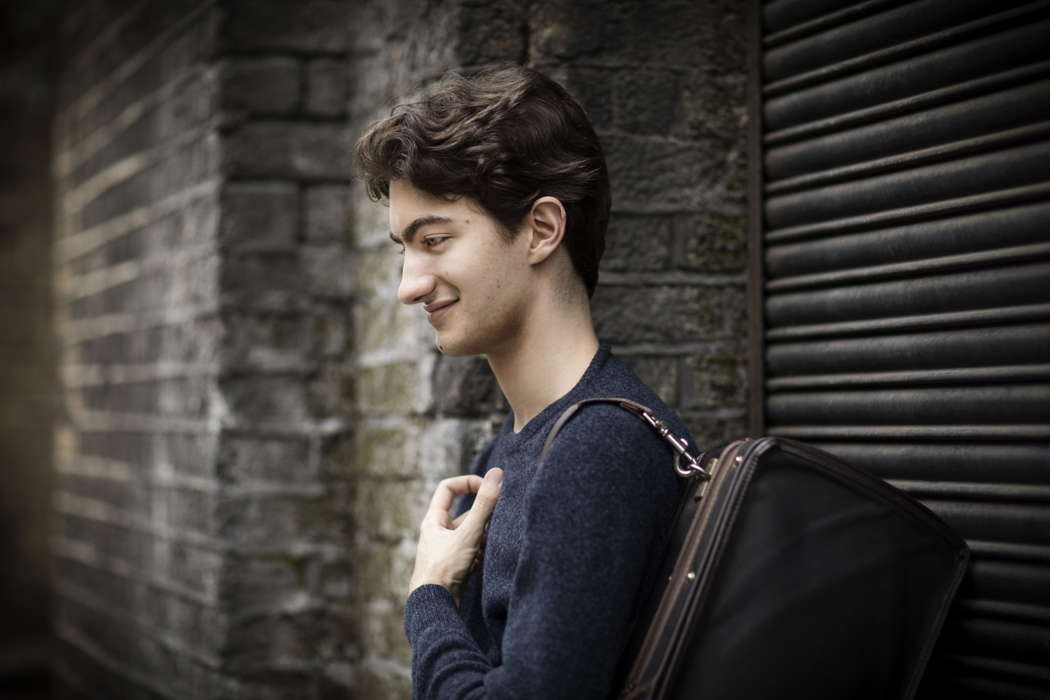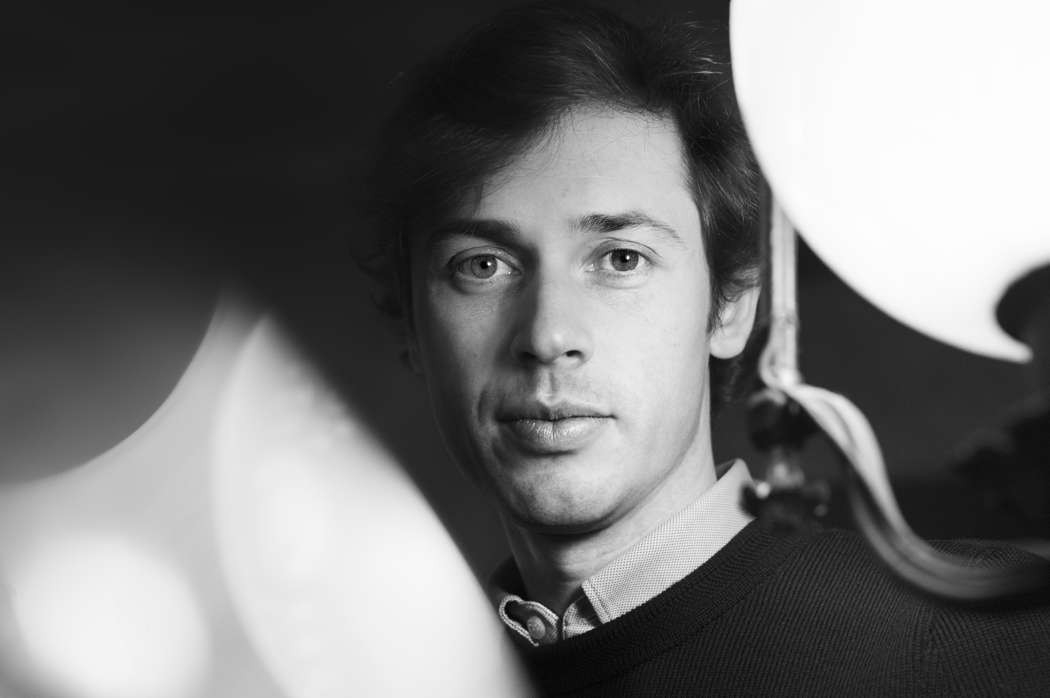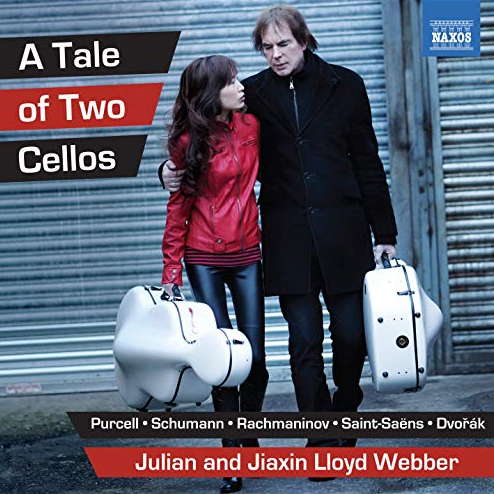A Compelling Intimacy
MIKE WHEELER listens to Beethoven and Berlioz from Stephen Waarts, the Hallé Orchestra and Maxime Pascal
Of all the great violin concertos, the one by Beethoven is the least showy, and that characteristic was honoured in this performance by soloist Stephen Waarts, the Hallé Orchestra and conductor Maxime Pascal.
Though kept on the move, the opening was relaxed and unhurried. Waarts began playing with the orchestra, back to audience, nicely signalling a collegiate approach to his role confirmed by his first solo entry, which didn't try to barn-storm its way in. His agreeably focused tone was the perfect vehicle for his eloquent, quiet playing. But there was no suspicion of blandness - Pascal ensured Beethoven's occasional gruffness showed through, and the recapitulation arrived with a real sense of release. Waarts made his cadenza - not one I recognised - a master-class in the art of wearing technique lightly, and the orchestra's re-entry had a compelling intimacy.
The second movement was a study in poised calm, where phrases seemed carefully moulded without making it appear obvious. A spirited cadenza took us into a finale where Pascal seemed to want to go just a shade quicker than Waarts, but things quickly fell into place, releasing the music's bounding energy. Waarts' encore was a delicate pizzicato; a pity he didn't identify it for us.

Dutch/American violinist Stephen Waarts (born 1996). Photo © 2017 Benjamin Ealovega
After the interval, Pascal gave an engaging spoken introduction to an account of Berlioz' Symphonie Fantastique, vividly, but not luridly coloured except when it mattered. The first movement was unsettled right from the start. The idée fixe - the theme representing, in the programme Berlioz drew up for the first performance, an artist's passionate longing for an unobtainable girl - had real tensile strength in its phrasing, and the climaxes were properly fiery. According to Berlioz, the coda represented the artist seeking religious consolation. Here, it seemed to suggest more a sense of resignation.
The second movement ball was all soft shimmering to start with, and full of gracefully spinning motion. But there was tension as well, and the idée fixe's last appearance almost felt like a void suddenly opening up at the artist's feet.
There was stillness but also unease in the opening string theme in 'Scene in the Country'. Principal oboist Stéphane Rancourt's quail-calls pointed up Berlioz' debt to Beethoven's 'Pastoral' Symphony particularly sharply, and the big climax had a vivid sense of panic. Sergio Castelló López brought tenderness and just enough of a sense of poignancy to the ensuing clarinet solo. The end was gripping, without the timpani's thunder becoming melodramatic.

French conductor Maxime Pascal (born 1985) in 2018
'March to the Scaffold', which followed without break, was a vat of pitiless, furious energy, raising the curtain on the hell's kitchen of a finale. This was full of ear-catching detail. The woodwind glissandos added to the edgy expectation of the opening section. (I could well imagine Mahler furiously making mental notes.) The bells, off-stage, had the right kind of spooky, churchyard sound, and the E flat clarinet positively shrieked malevolence. The round dance combined toe-tapping vigour and menace. Maxime Pascal's conducting technique grew increasingly unorthodox, but the orchestra was obviously well able to read his intentions, and the final pages were every bit as wild as I'm sure Berlioz could have hoped for.
Copyright © 18 February 2022
Mike Wheeler,
Derby UK

ARTICLES ABOUT THE HALLÉ ORCHESTRA
NOTTINGHAM ROYAL CONCERT HALL ARTICLES




